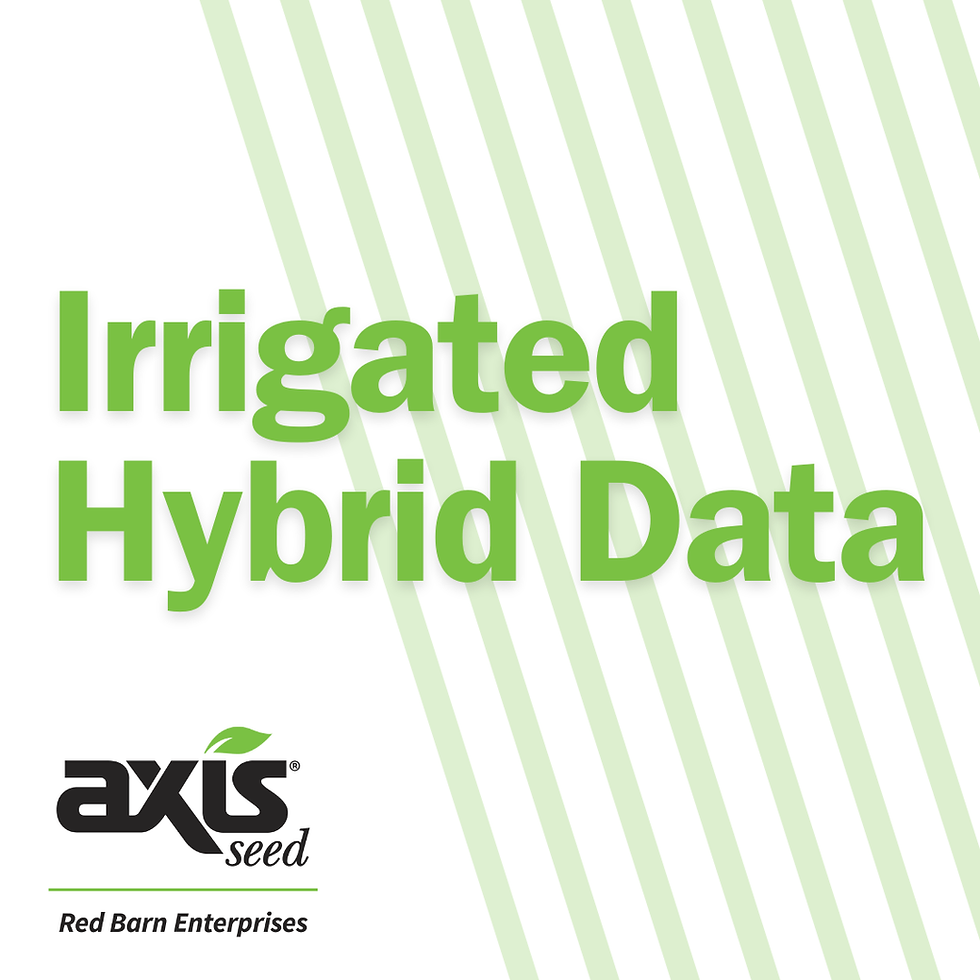Building Your Max Yield System Plan – Step 1: Start Early with Your Crop Plan
- Red Barn Enterprises
- Sep 21
- 2 min read
When it comes to building a Max Yield System Plan, the earlier you start, the better off you are. Early planning gives you the time to gather critical data, build field-by-field strategies, and take advantage of market prices and input costs. Waiting until spring often means rushing decisions, and rushed decisions rarely deliver maximum return.
That’s why the very first step of your Max Yield System Plan is creating your Crop Plan, a simple but essential foundation for everything else that follows.
Step 1: Create Your Crop Plan
Building your crop plan begins with a straightforward task: list every field on your farm. For each field, identify the current crop and the intended crop for the next season. Once you’ve outlined those basics, start adding in the details:
Historical planting rates – what seeding rates have you used in the past?
APH and yield history – what’s the proven production potential of this field?
Anecdotal field notes – where are the trouble spots, what pests or diseases have been issues, and how do you feel the field has been performing overall?
This is the groundwork that will guide the rest of your Max Yield System decisions.
Step 2: Think through the other parts of the plan
With your crop plan in place, the next step is to start sketching out the other parts of your Max Yield System:
Seed Plan
This is where you begin shaping your hybrid portfolio. Look at your hybrids on a bushels per 1,000 plants basis to compare performance fairly across populations. Identify your top performers, but also flag fields that may need something different. Now is also the time to research and consider new hybrids that could strengthen your lineup. Exact hybrid placement will come later, but early thinking sets the stage.
Fertility Plan
Start by reviewing your current fertility program. Is something missing? Are you leaving yield on the table? If you have previous soil sample results, now is the time to study them. Better yet, plan for this year’s soil sampling with a zone-based, geo-located approach. These results won’t just guide fertilizer and biological inputs, they’ll also influence which hybrids may best fit each soil type.
Crop Protection Plan
Crop protection is more than just spraying the same program across every acre. Think through your herbicide, insecticide, and fungicide strategies. Where might you be overspending? Which fields consistently have higher weed, insect, or disease pressure? Identifying these challenges now allows you to begin tailoring plans to each field, rather than applying blanket solutions that may not fit every acre.
Why This Matters
By starting your Max Yield System Plan early, you’re not just organizing information, you’re building a decision-making framework. Each piece of the plan builds on the others, and when you approach it field by field, you put yourself in the best position to maximize ROI and reduce stress when the season begins.
What’s Next
This is only the beginning. In the next few articles, we’ll dive deeper into each component; seed, fertility, and crop protection, to show how data and planning decisions come together long before the first application hits the field.
Stay tuned as we unfold the Max Yield System, step by step.




Comments